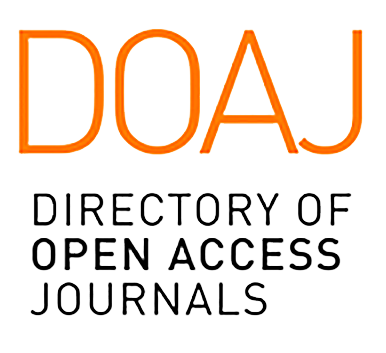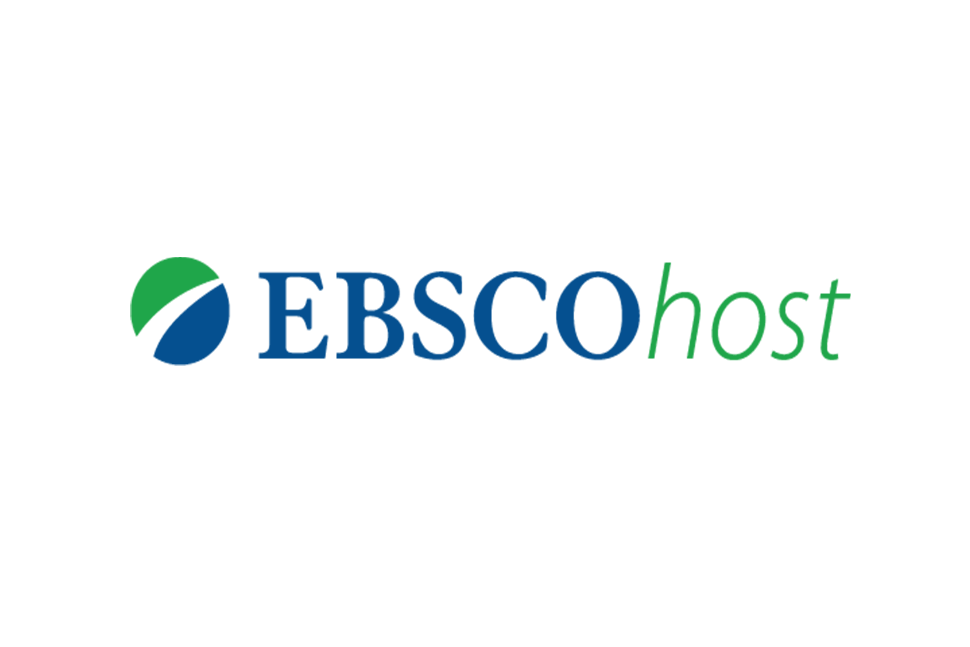

2708-9517








MLA Directory of Periodicals
REAO: East Asian Studies Journals
EBSCO Education
ProQuest
Google Scholar
Semantic Scholar
ROAD
BASE
Helka Helsinki Library
Baidu Scholar
Ex Libris
Jouroscope
US Department of Commerce Research Library

徐富美
元智大學,台湾
王品
上海交通大學,上海
摘要
漢語使用隱性主語是很常見的一種語言表達方式,無論現代漢語、古代漢語及漢語方言皆然。本文從系統功能語言學視角探討漢語隱性主語的結構與功能,主要討論現代漢語隱性主語的結構特徵,以及由該結構特徵所體現的概念功能、人際功能和謀篇功能等三大元功能。本文討論的漢語主語不是語氣結構中的成分,而是一般語法概念。研究表明 :在概念方面,隱性主語所指稱的是隱性施事,第一人稱、第二人稱和第三人稱都有 ;在人際方面,隱性主語開拓了說話者與受話者之間的協商空間 ;在謀篇方面,隱性主語使可知信息主位化,實現邏輯銜接。本文所討論漢語隱性主語的結構與功能,有助於以漢語作為第二語言的學習者對漢語隱性主語有進一步的掌握與學習成效。
關鍵詞
隱性主語,漢語,結構,功能,系統功能語言學
The Structure and Function of Implicit Subjects in Chinese
Fu-mei Hsu
Yuan Ze University, Taiwan
Pin Wang
Shanghai Jiao Tong University, Shanghai
Abstract
Implicit subjects are commonly used in Chinese, including Modern Chinese, Old Chinese and various Chinese dialects. This paper investigates the structure and function of implicit subjects in Chinese from the perspective of Systemic Functional Linguistics, with special focus on Modern Chinese. It addresses the structural features of implicit subjects and their ideational, interpersonal and textual functions. The ‘subject’ in question does not refer to the function in the system of MOOD, but a general linguistic concept. This study reveals that ideationally, the reference of an implicit subject is the agent of the clause, which can be either first person, second person or third person; interpersonally, an implicit subject opens up dialogic space between speaker and addressee; and textually, an implicit subject realises cohesion by thematising available information. Making explicit the structures and functions of implicit subjects in Chinese can be expected to facilitate Chinese learning for learners of Chinese as a second language.
Keywords
Implicit subject, Chinese, structure, function, Systemic Functional Linguistics